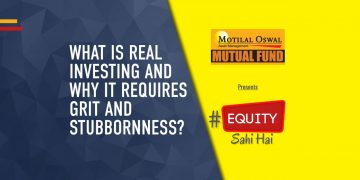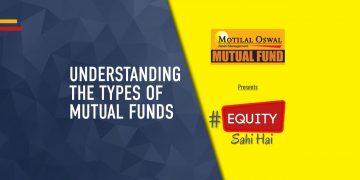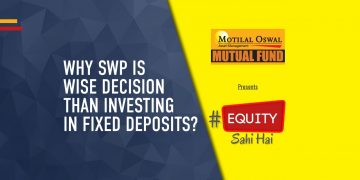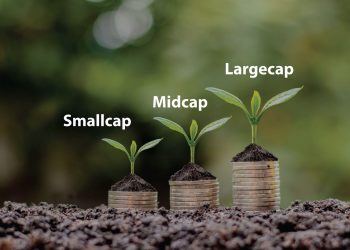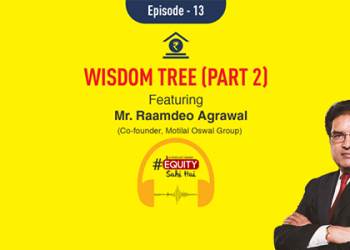Blog
Large-cap Stocks, Small-cap Stocks, Mid-cap Stocks — What is the difference?
There are thousands of companies in the Indian stock market. There are about 2,113 companies listed on the NSE and...
Read moreNifty 50 Index Vs Nifty 500 Index – A Beginner’s Guide
Index funds, those that mirror the performance of specific stock market indices, have become a critical tool for investors seeking...
Read moreMutual Fund AUM: Unveiling the Backbone of Investment
Mutual funds’ AUM (Assets under Management) is one of the main indicators in the investment industry, it represents the overall...
Read moreMutual Fund Taxation – Are Mutual Funds Taxable?
When you invest in mutual funds, you place your money in a fund managed by pros who own a pool...
Read moreSecure Your Retirement Years with Mutual Funds
Introduction Retirement planning is among the most essential components of financial planning that involves thoughtful thinking and well-considered actions. With...
Read moreUnderstanding the Meaning of PE Ratio
The PE ratio as one of the fundamental metrics among investors assessing stock is important. It shows the ratio of...
Read moreMutual Funds vs ULIP: Which is a Better Investment Option?
When it comes to investment options, Mutual Funds and Unit-Linked Insurance Plans (ULIPs) are the most sought after. Either way,...
Read moreWhat is Exit Load In Mutual Fund & How To Calculate
Mutual funds are the favourite investment class of many due to their expected profitability and instruments for diversification. While this...
Read moreXIRR in Mutual Funds: Aims to Maximize Returns Calculation with Accuracy
XIRR stands for 'Extended Internal Rate of Return' which is a great tool for quantifying the earnings from a mutual...
Read moreInvesting Made Easy: A Guide to Open Ended Mutual Funds
Investing wisely is a journey that requires thorough understanding and strategic planning. Open-ended mutual funds, with their unique features and...
Read more












